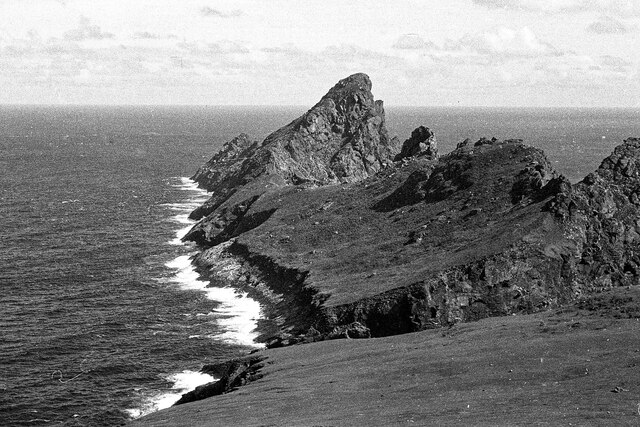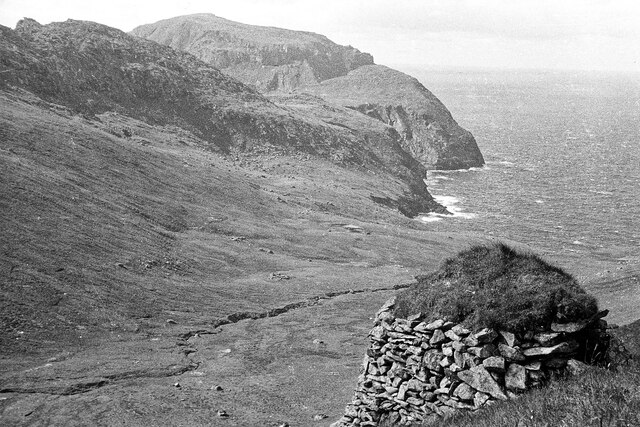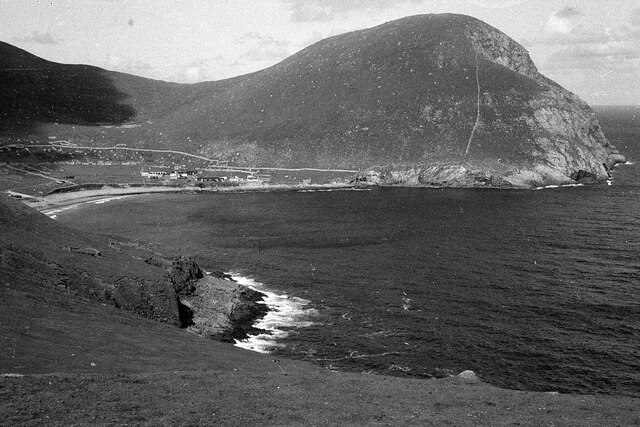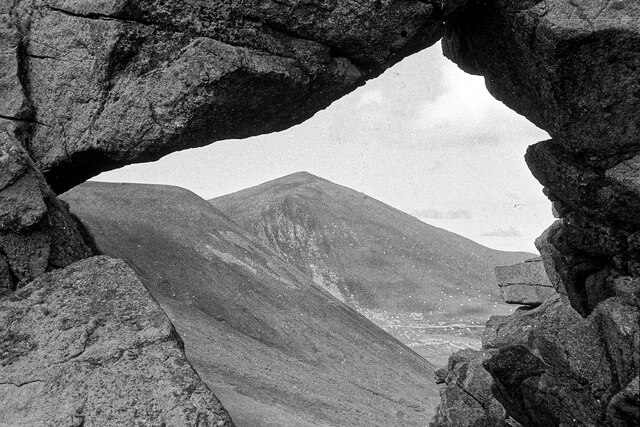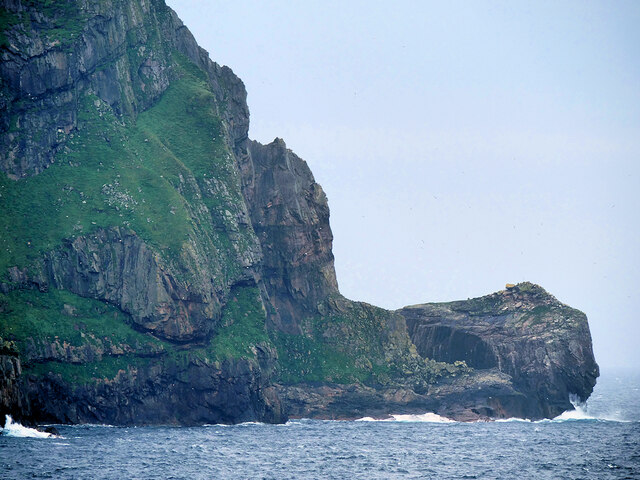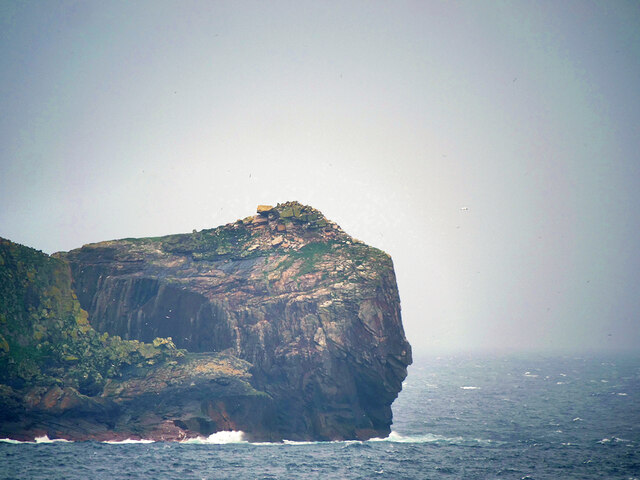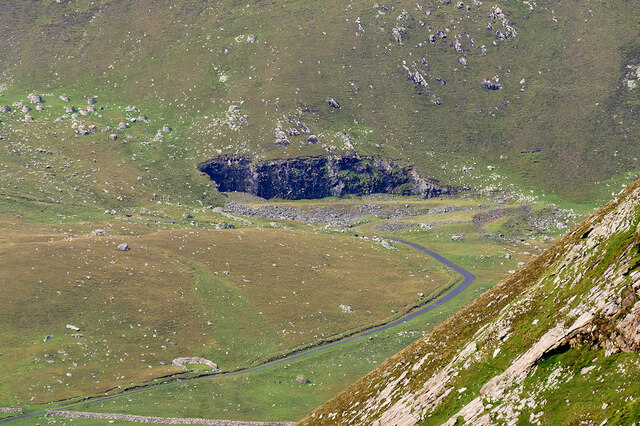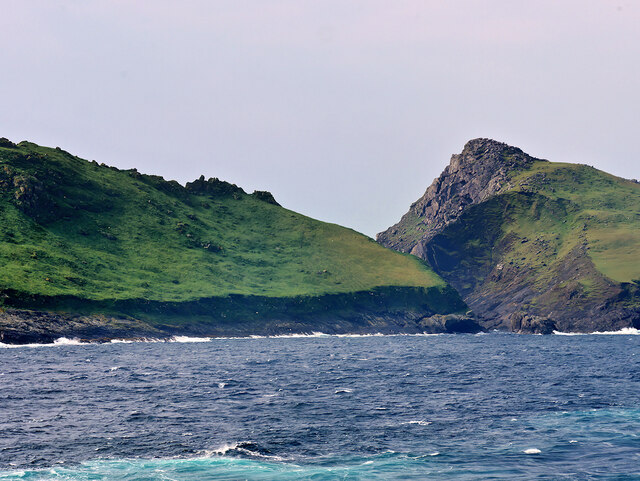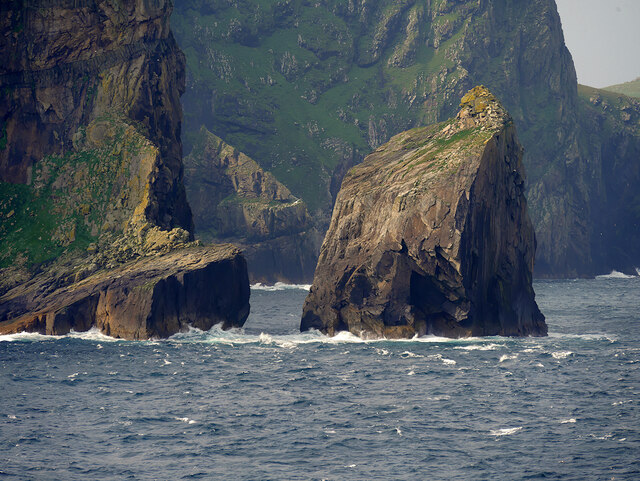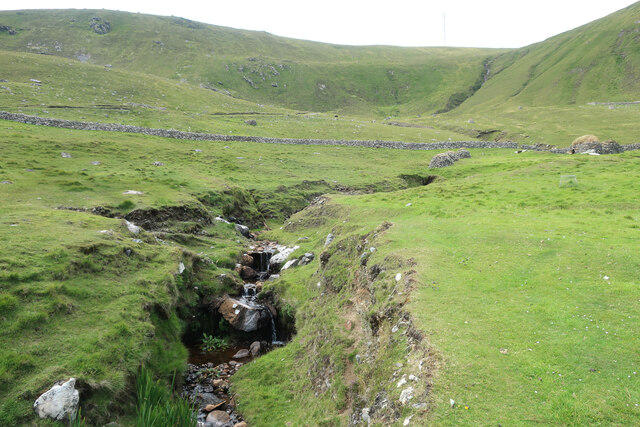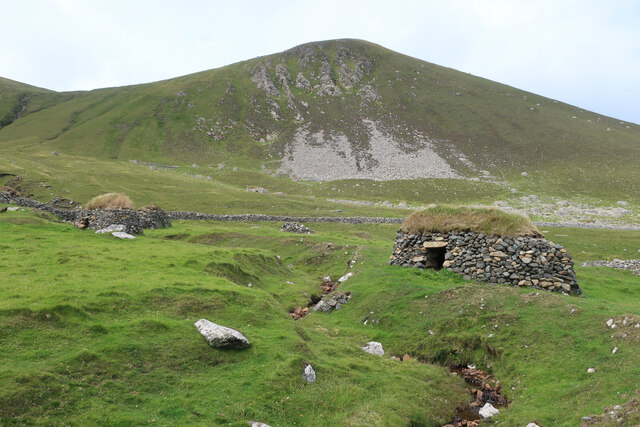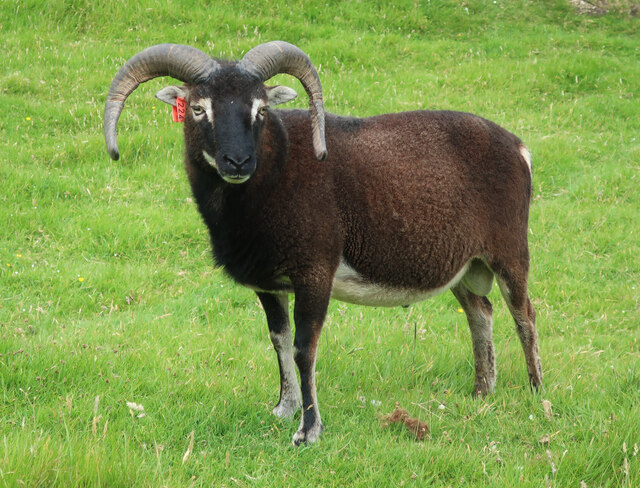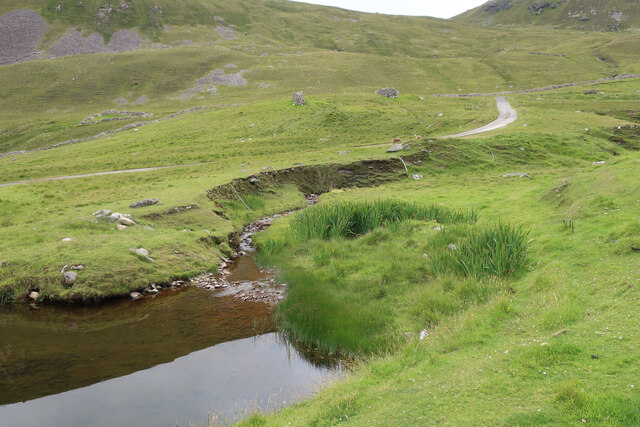St Kilda or Hirta
Settlement in Inverness-shire
Scotland
St Kilda or Hirta
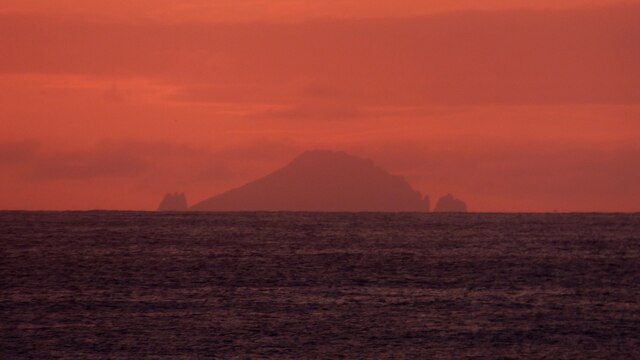
St Kilda, also known as Hirta, is an archipelago located in the North Atlantic Ocean, approximately 64 kilometers west of the Outer Hebrides in Scotland. It consists of four main islands: Hirta, Dun, Soay, and Boreray, along with several smaller islets.
The archipelago has a rich history, with evidence of human settlement dating back over 4,000 years. It is believed that the islands were inhabited continuously until 1930 when the remaining population was evacuated due to harsh living conditions and declining resources.
St Kilda is renowned for its unique wildlife and has been designated as a UNESCO World Heritage site due to its outstanding natural and cultural significance. The islands are home to a variety of seabirds, including the largest colony of northern gannets in the world. The rugged cliffs and grassy slopes provide nesting grounds for puffins, fulmars, and guillemots, among others.
Visitors to St Kilda can explore the remnants of the village on Hirta, including traditional stone houses and a church. There are also opportunities for hiking, birdwatching, and boat trips around the archipelago. The islands offer breathtaking panoramic views, with dramatic cliffs rising from the Atlantic Ocean.
Due to its remote location, access to St Kilda is limited and weather-dependent. Visitors must arrange boat trips from the mainland or the Isle of Harris, and it is advisable to check with local operators for availability and conditions.
Overall, St Kilda is a place of great natural beauty and historical significance, attracting nature enthusiasts and history buffs alike. Its isolation and unique ecosystem make it a truly remarkable destination.
If you have any feedback on the listing, please let us know in the comments section below.
St Kilda or Hirta Images
Images are sourced within 2km of 57.811517/-8.5641051 or Grid Reference NF1099. Thanks to Geograph Open Source API. All images are credited.
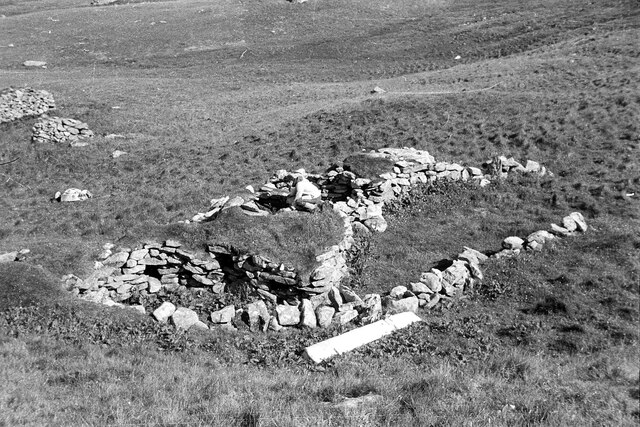
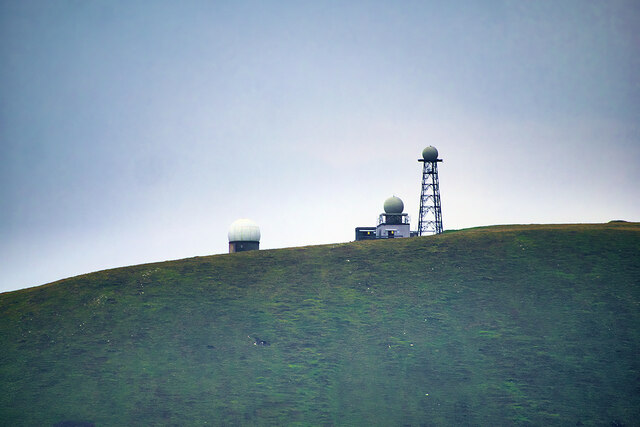
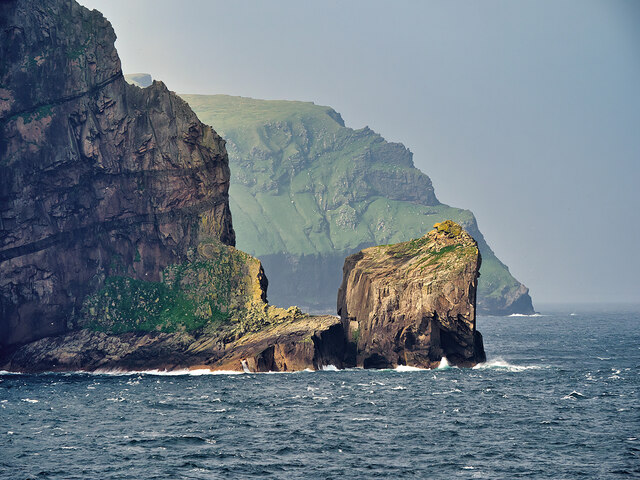
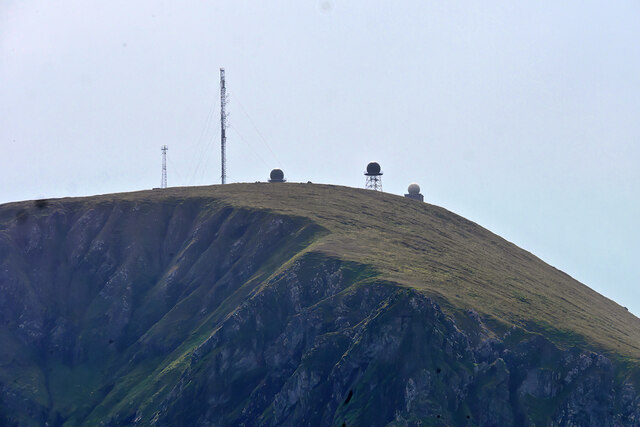
St Kilda or Hirta is located at Grid Ref: NF1099 (Lat: 57.811517, Lng: -8.5641051)
Unitary Authority: Na h-Eileanan an Iar
Police Authority: Highlands and Islands
Also known as: Hiort
What 3 Words
///pods.starters.animator. Near Balivanich, Na h-Eileanan Siar
Nearby Locations
Related Wikis
Hirta
Hirta (Scottish Gaelic: Hiort) is the largest island in the St Kilda archipelago, on the western edge of Scotland. The names Hiort (in Scottish Gaelic...
St Kilda, Scotland
St Kilda (Scottish Gaelic: Hiort) is an isolated archipelago situated 64 kilometres (40 mi) west-northwest of North Uist in the North Atlantic Ocean. It...
Dùn
Dùn is an island in St Kilda, Scotland. It is nearly 1 mile (1.6 kilometres) long. Its name simply means "fort" in Scottish Gaelic (for more information...
Stac Levenish
Stac Levenish or Stac Leibhinis (sometimes simply called Levenish/Leibhinis) is a sea stack in the St Kilda archipelago in Scotland. Lying 2.5 kilometres...
Stac Biorach
Stac Biorach (Scottish Gaelic: "the pointed stack") is a sea stack, 73 metres tall, situated between Hirta and Soay (in the "Sound of Soay") in the St...
Soay, St Kilda
Soay (Scottish Gaelic: Soaigh) is an uninhabited islet in the St Kilda archipelago, Scotland. The name is from Old Norse Seyðoy, meaning 'island of sheep...
Stac Lee
Stac Lee (Scottish Gaelic: Stac Lì) is a sea stack in the St Kilda group off the west coast of Scotland. An island Marilyn (a point with topographic prominence...
Boreray, St Kilda
Boreray (Scottish Gaelic: Boraraigh; Scots: Boreray) is an uninhabited island in the St Kilda archipelago in the North Atlantic. == Geography == Boreray...
Nearby Amenities
Located within 500m of 57.811517,-8.5641051Have you been to St Kilda or Hirta?
Leave your review of St Kilda or Hirta below (or comments, questions and feedback).
